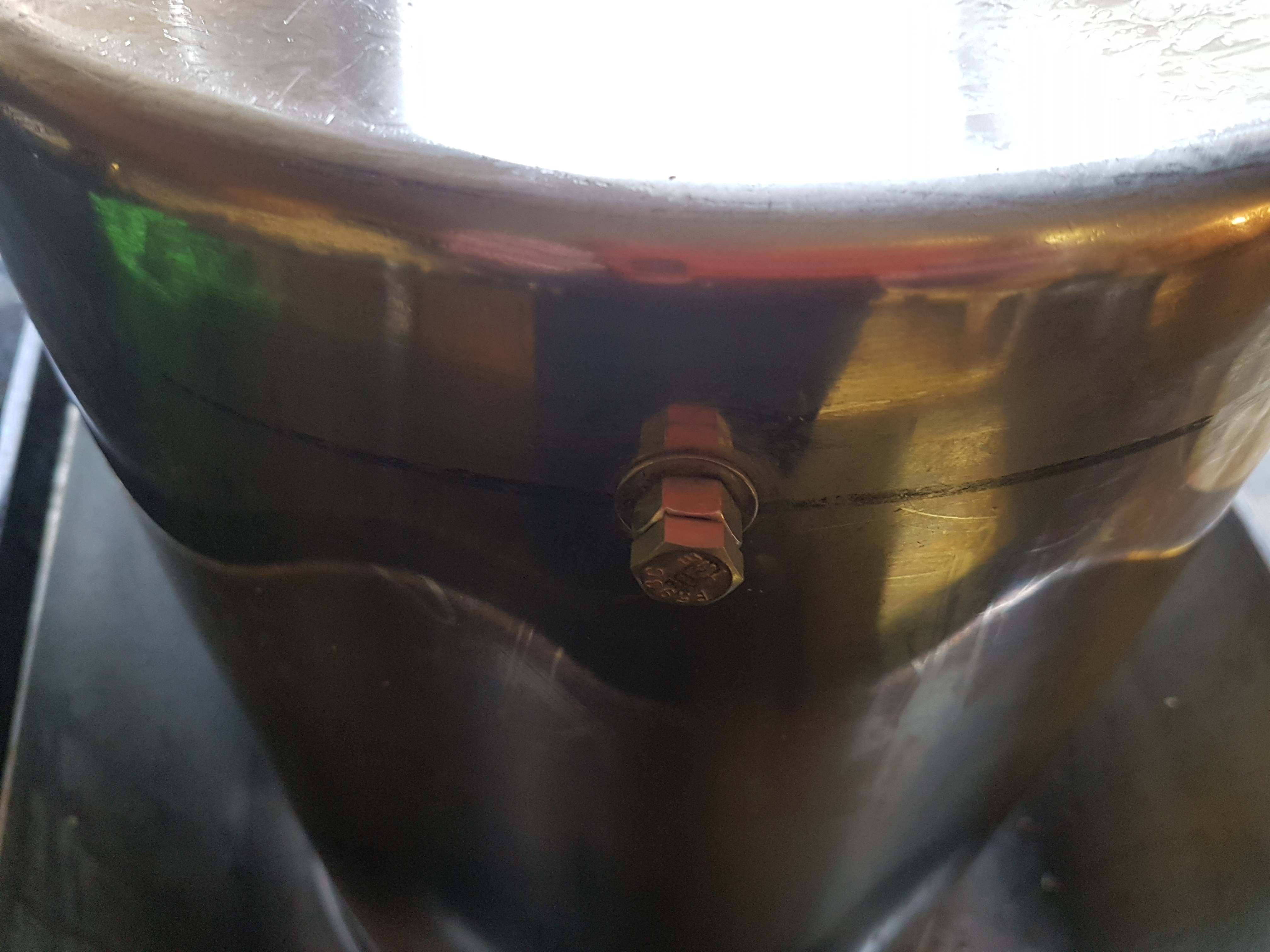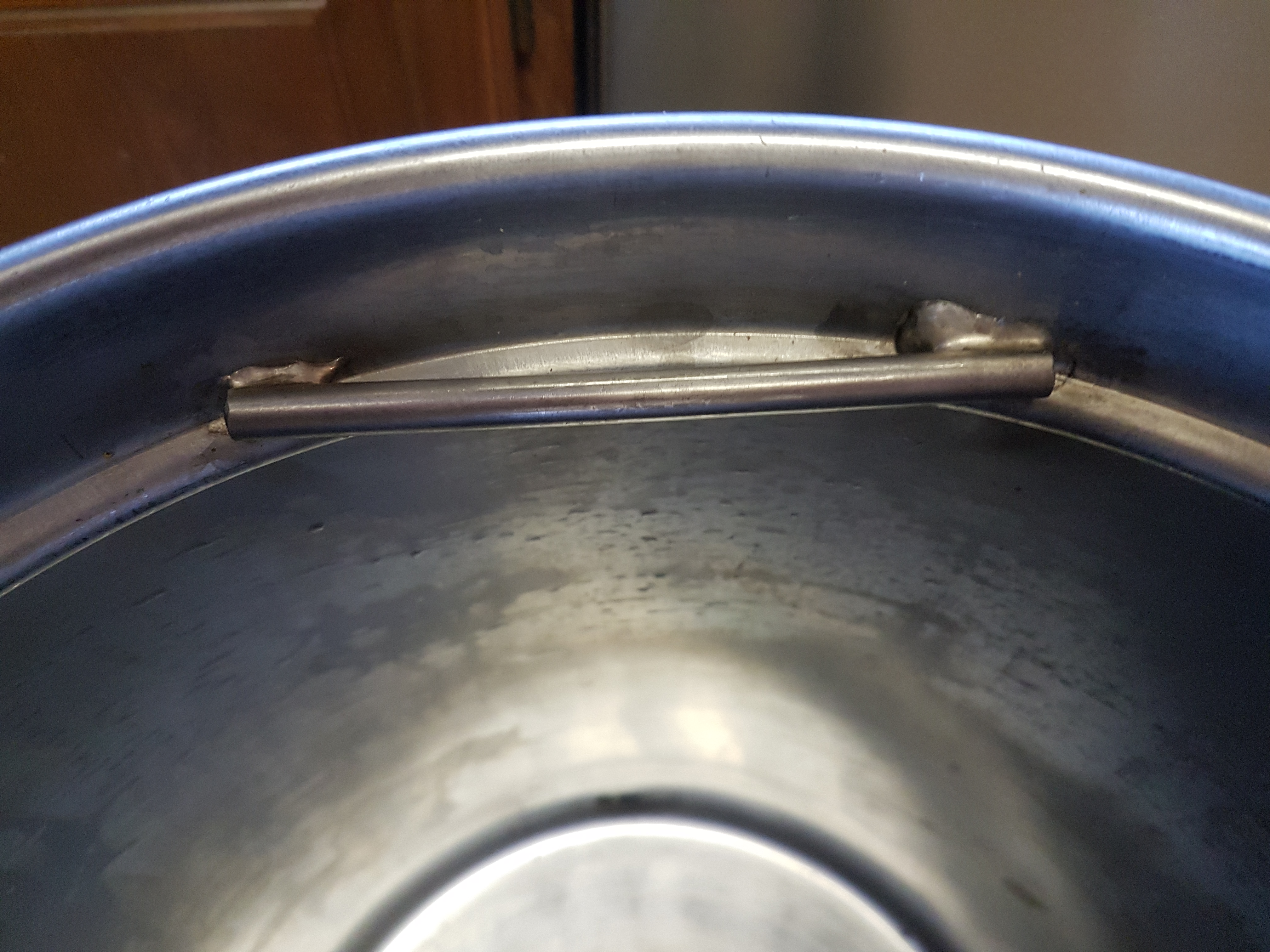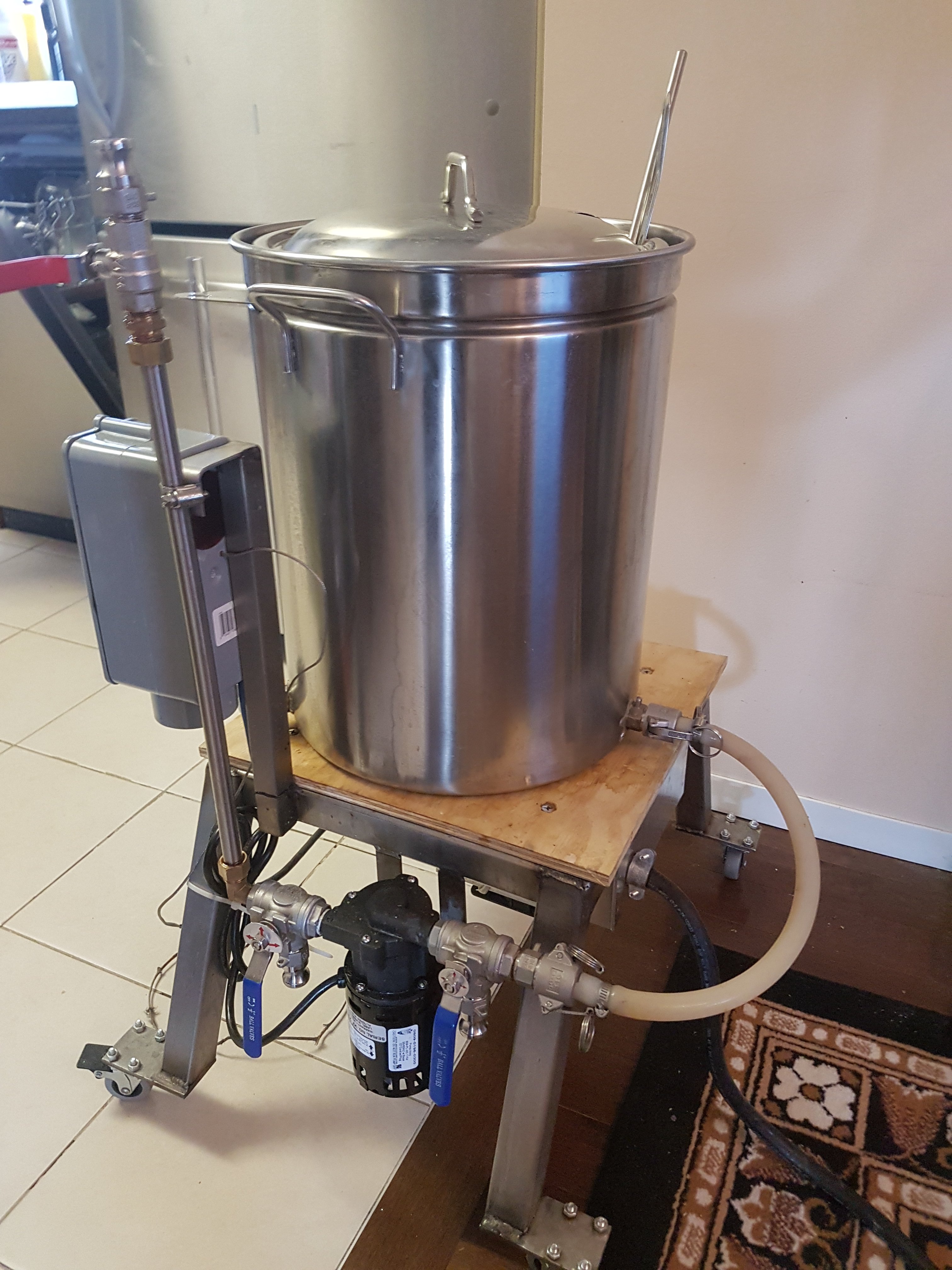You know your brewing system works well when you run out of kegs. I have another 7 in my basement, 5 in the beer fridge. COVID has cut down on the number of visitors I have these days.

BTW... there was supposed to be a Thing2. It was going to be a larger 10-12 gallon version of Thing1. I'm not going to build it. It is so easy to brew with Thing1 that I'm already swimming in beer. My usual brewing window is January to March, but here I am mid January and I'm full to the brim. Having said that, I'll get some kegs emptied and brew a couple lagers before spring.
I can easily crank out a 5 gallon batch in 3ish hours, half of which I'm doing other things. And once I've got everything set up, it's very quick to crank out a second batch if I want more. Smaller batches equal more experimentation and variety !
The only time I'd want a 10-12 gallon system is if I was brewing with a friend and we each wanted 5 gallons of the same thing. Thus far that hasn't happened. The other reason to brew larger batches is if you are going to distill them...
The 2 kegs above marked "Dark" are 2 different beers. I forgot to tag the kegs as I filled them and thus I'll need to figure out which is which when I drink them.

BTW... there was supposed to be a Thing2. It was going to be a larger 10-12 gallon version of Thing1. I'm not going to build it. It is so easy to brew with Thing1 that I'm already swimming in beer. My usual brewing window is January to March, but here I am mid January and I'm full to the brim. Having said that, I'll get some kegs emptied and brew a couple lagers before spring.
I can easily crank out a 5 gallon batch in 3ish hours, half of which I'm doing other things. And once I've got everything set up, it's very quick to crank out a second batch if I want more. Smaller batches equal more experimentation and variety !
The only time I'd want a 10-12 gallon system is if I was brewing with a friend and we each wanted 5 gallons of the same thing. Thus far that hasn't happened. The other reason to brew larger batches is if you are going to distill them...
The 2 kegs above marked "Dark" are 2 different beers. I forgot to tag the kegs as I filled them and thus I'll need to figure out which is which when I drink them.
Last edited:
































![Craft A Brew - Safale S-04 Dry Yeast - Fermentis - English Ale Dry Yeast - For English and American Ales and Hard Apple Ciders - Ingredients for Home Brewing - Beer Making Supplies - [1 Pack]](https://m.media-amazon.com/images/I/41fVGNh6JfL._SL500_.jpg)





































